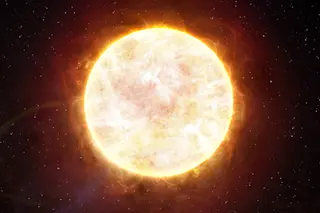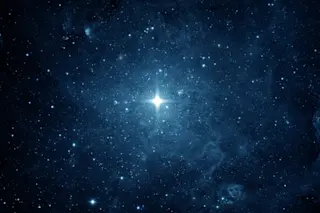Today’s BAFact: The Sun is 400,000 times brighter than the full Moon in the sky.
If you’ve ever looked at the full Moon through a telescope you know how painfully bright it can be. But you can do it if you squint, or use a mild filter to block some of the light.
On the other hand, if you try the same thing with the Sun (hint: don’t) you’ll end up with a fried retina and an eyeball filled with boiling vitreous humor.
So duh, the Sun is much brighter than the Moon. But how much brighter?
Astronomers use a brightness system called magnitudes. It’s actually been around for thousands of years, first contrived by the Greek astronomer Hipparchus. It’s a little weird: first, it’s not linear. That is, an object twice as bright as another doesn’t have twice the magnitude value. Instead, the system is logarithmic, with a base ...














